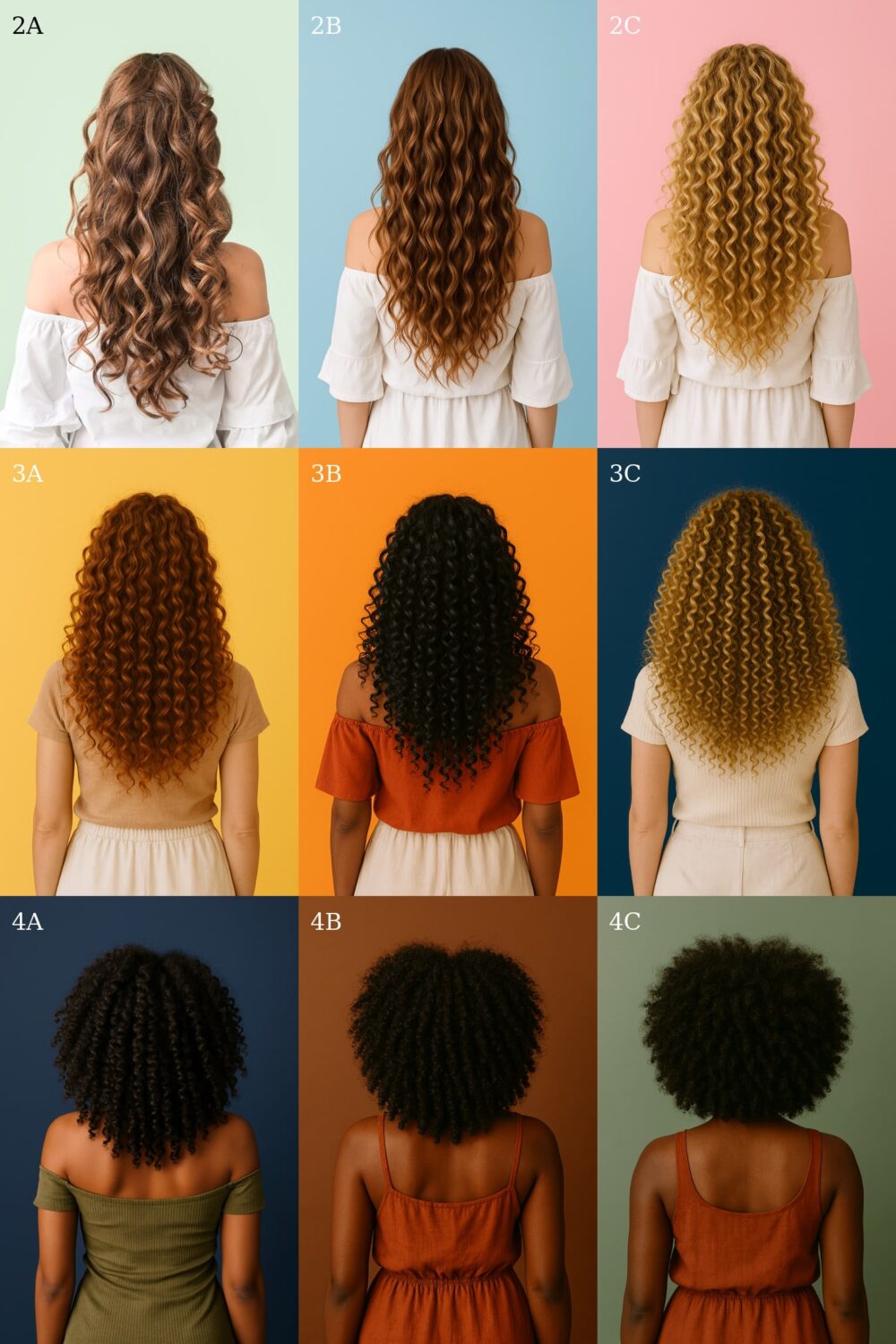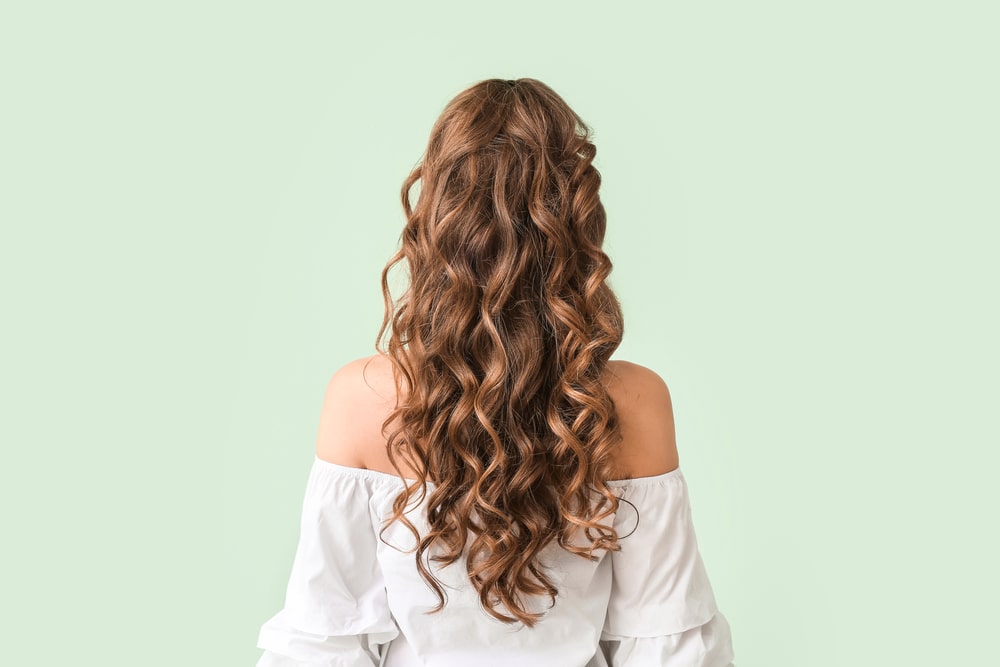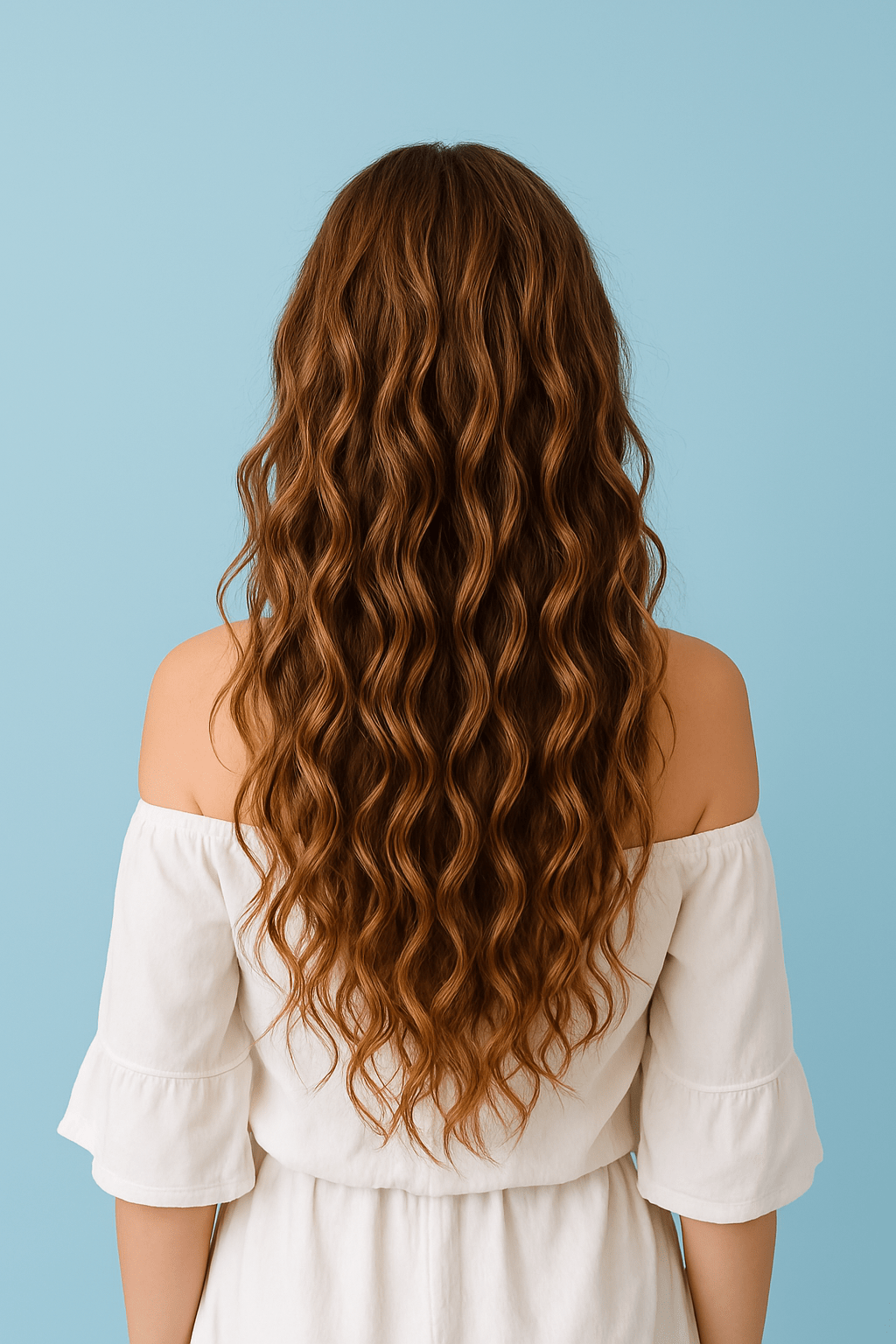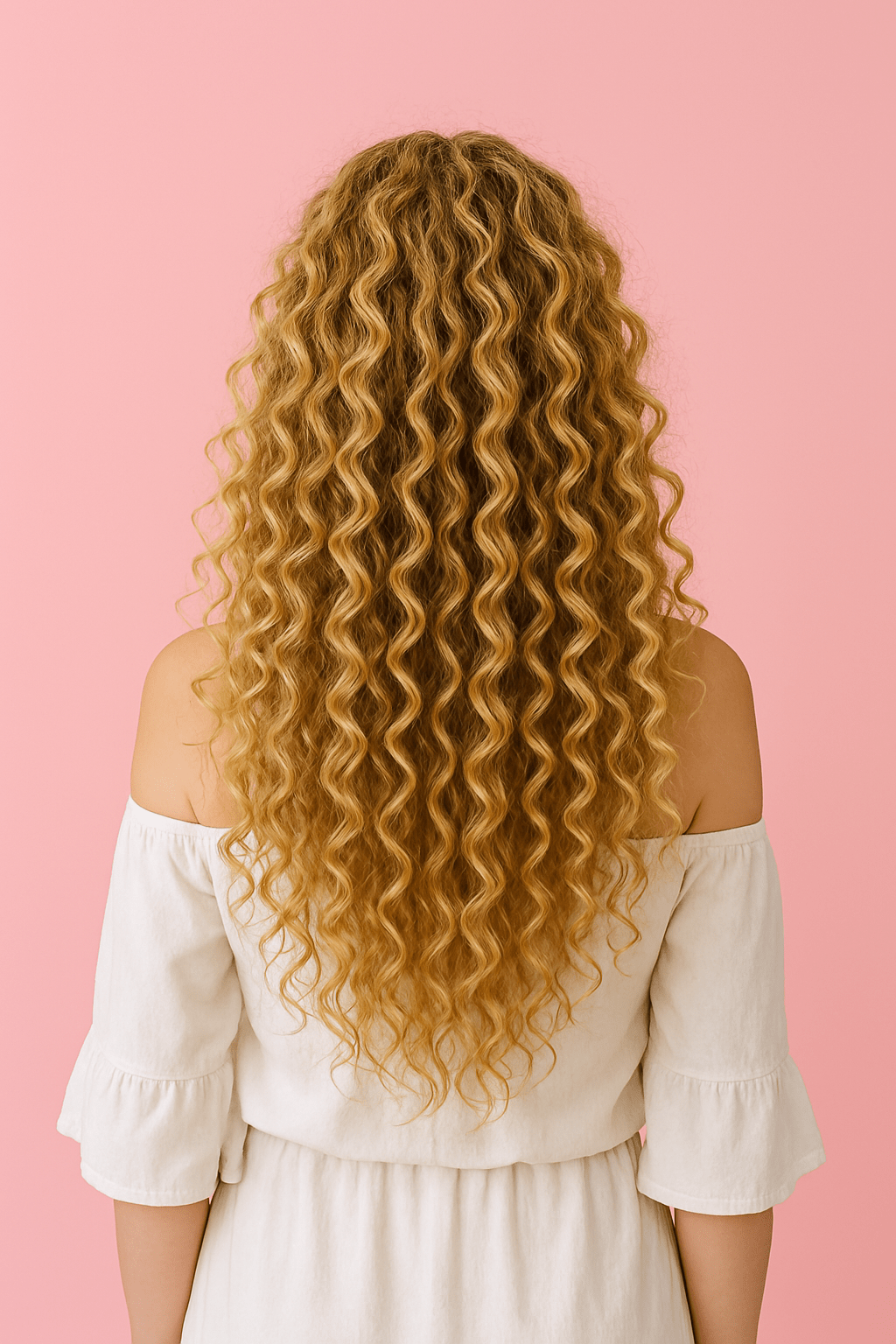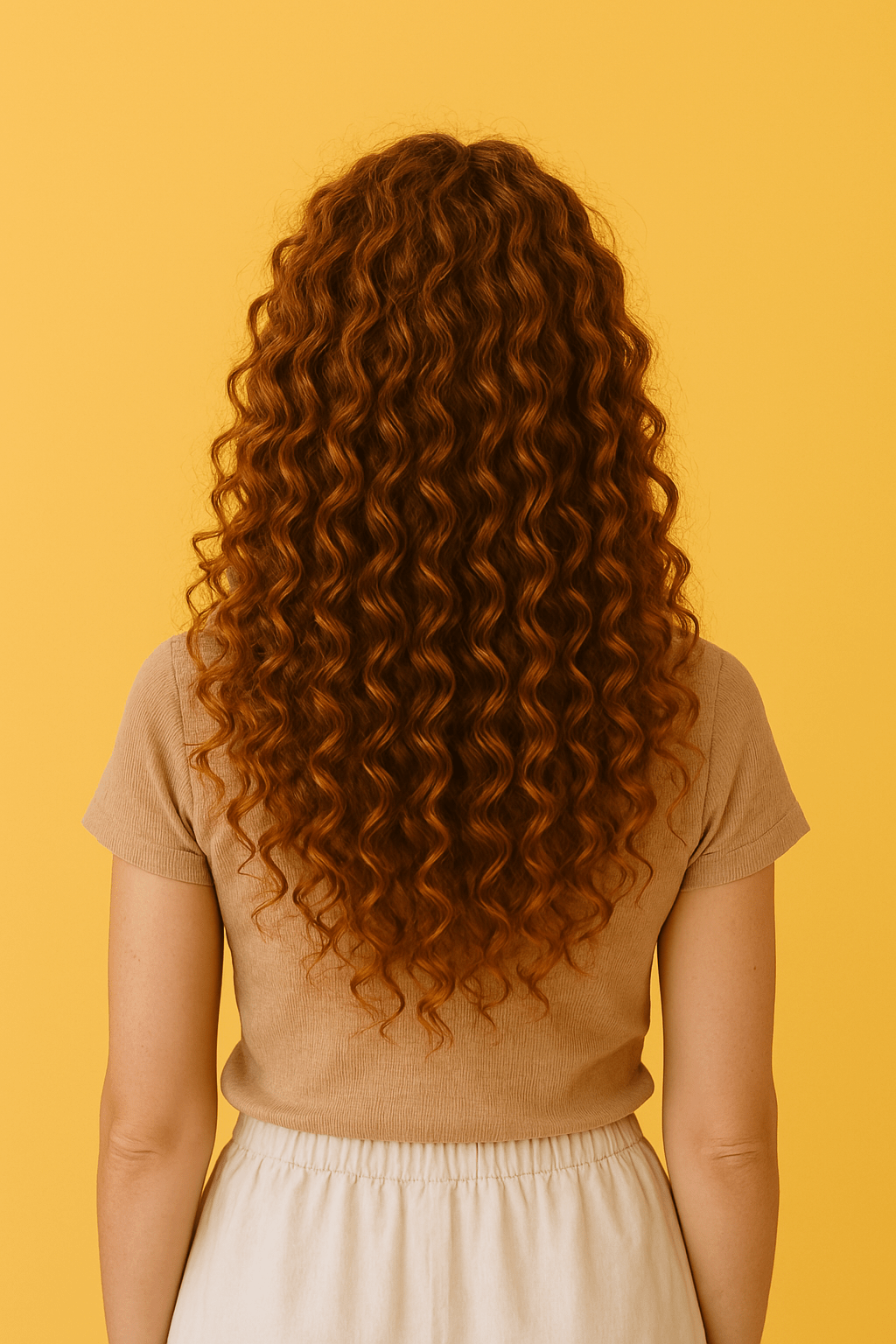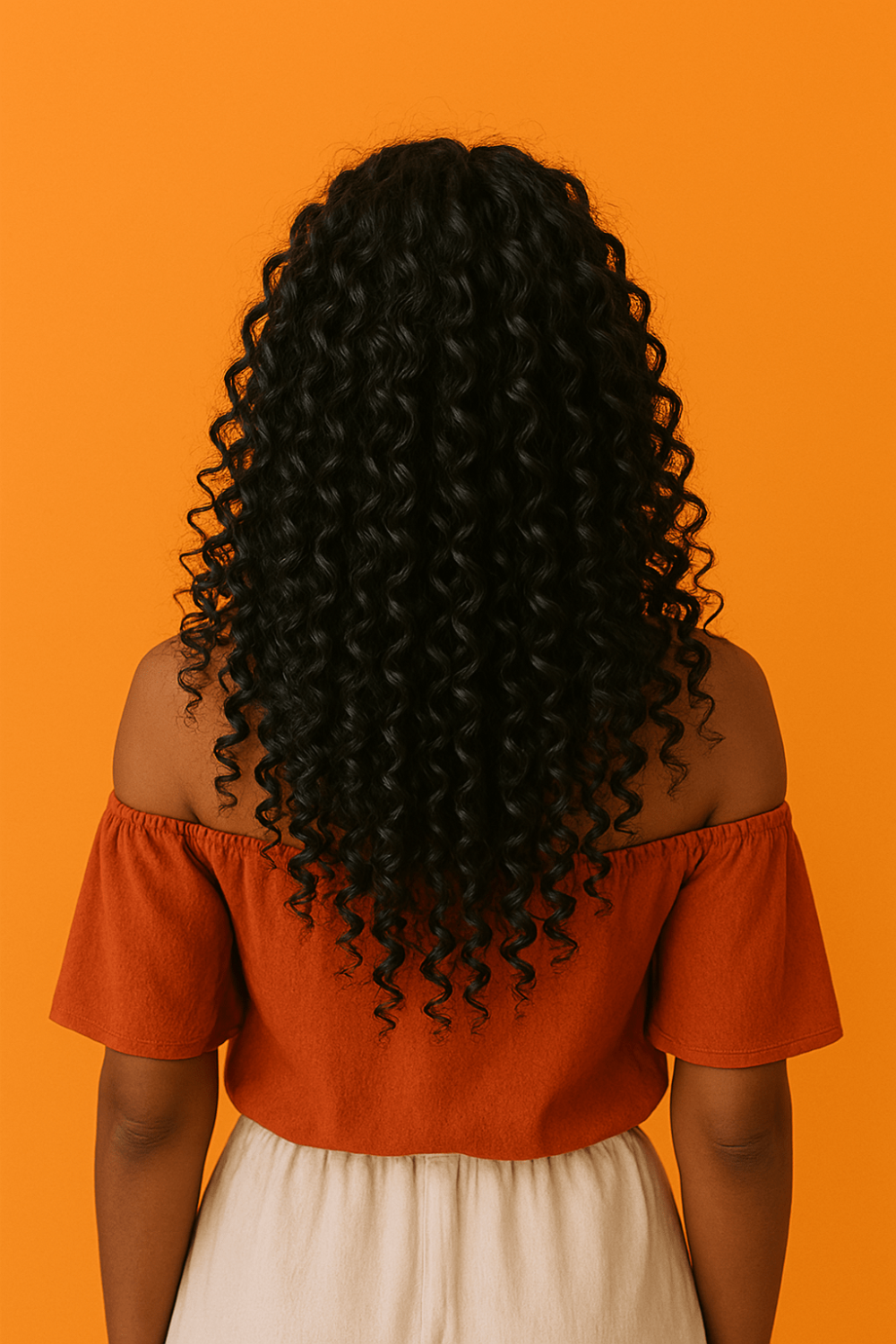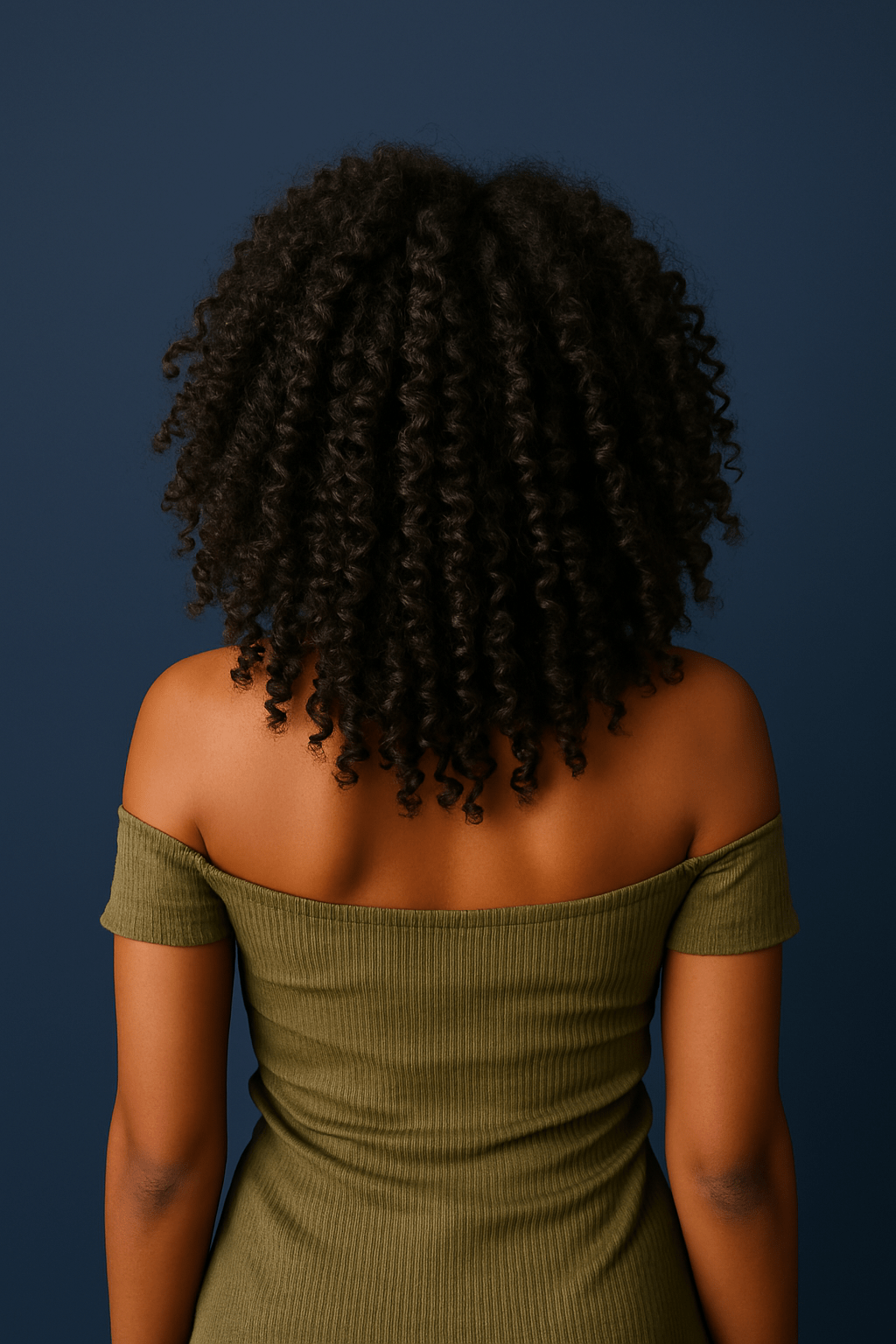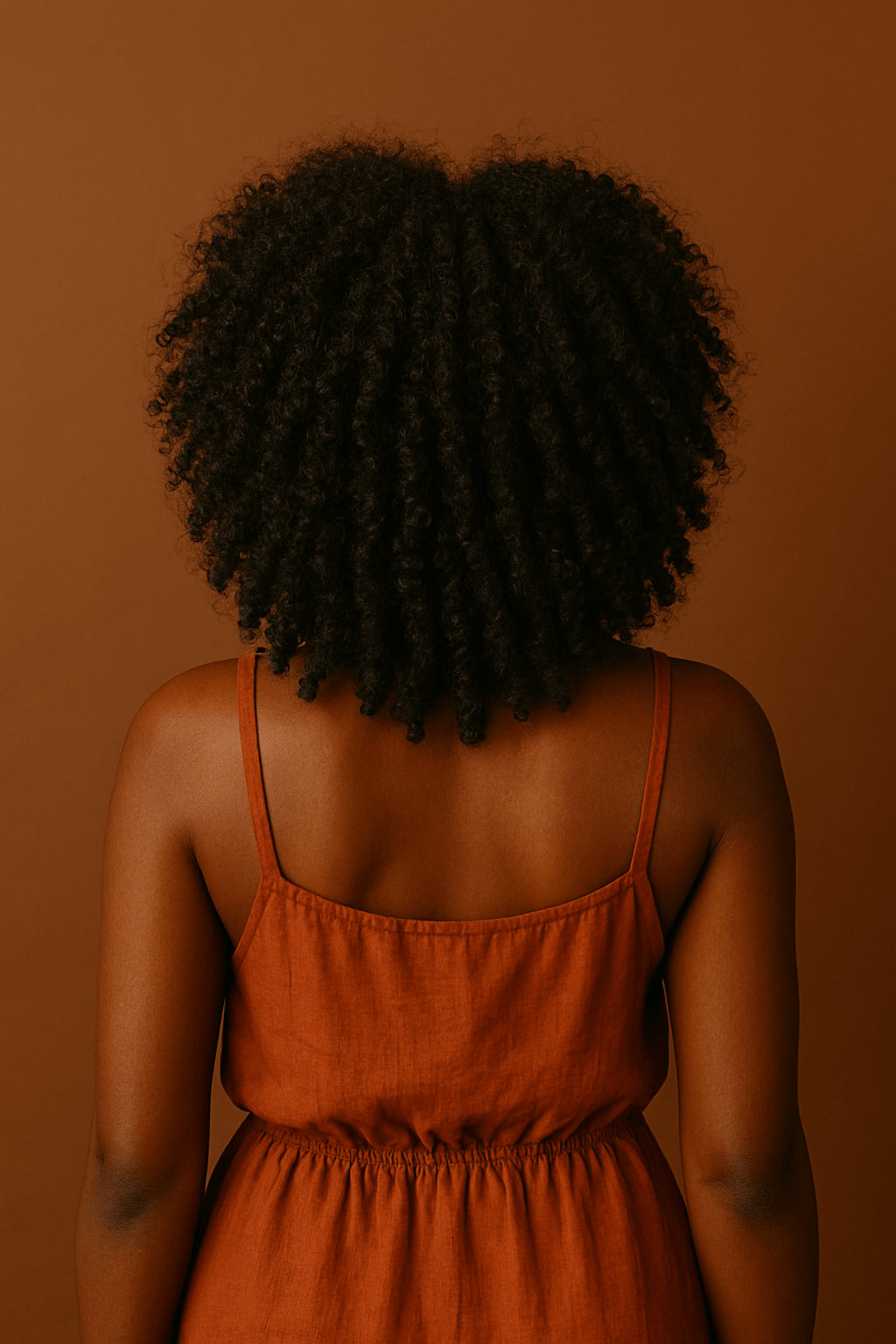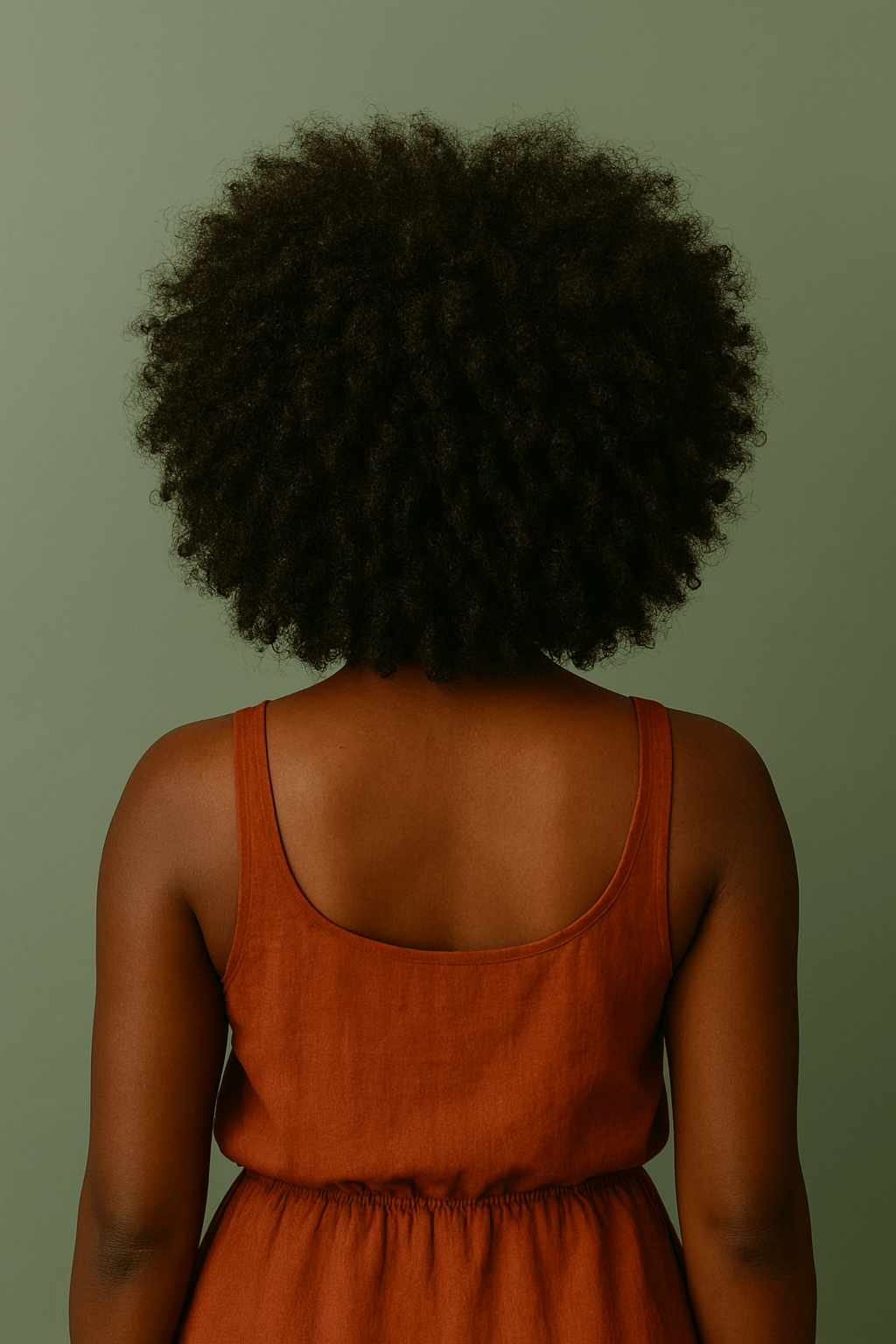Ready to dive into the wonderfully textured world of curly hair? It’s a landscape as diverse and captivating as the individuals who rock it. Forget the oversimplified notion of just “curly”: there’s a whole spectrum of waves, coils, and zigzags, each with its own unique charm and needs.
Understanding your specific curl type reveals the best ways to care for your texture, from the products to the styling techniques. For professional advice, you can always consult a trichologist or a dermatologist.
So, are you ready to unravel the mysteries of your mane?
The 9 Different Types of Curly Hair
The curly hair spectrum is often categorized into 3 of the main 4 hair types, with further subdivisions that help pinpoint your specific pattern. This classification system focuses on the shape and tightness of the hair shaft, from looser waves to the tightest coils. So, what type of curly hair do I have?
Type 2 Curls
This category is all about waves, hair that lies flatter at the root and forms an “S” shape as it goes down. While not fully coiled, Type 2 hair has a noticeable bend and can range from barely-there waves to more defined curves.
Is wavy hair a type of curly hair? Absolutely, it’s the starting point of the curl journey!
2A Hair Type
Hair with a gentle, tousled texture, like it’s been loosely finger-combed. 2A hair features fine, loose waves that tend to lie close to the head. It’s often straight at the crown and develops a subtle “S” pattern towards the ends.
2A Hair Routine
The key to managing 2A hair is to enhance its natural wave without weighing it down. Lightweight mousses, sea salt sprays, and texturizing products are your friends. Avoid heavy creams and butters that can make this hair type look limp.
How to Style a 2A Hair Type
For a beachy vibe, scrunch your hair with a sea salt spray and let it air dry. To add more definition, try braiding your hair while damp and releasing it for soft waves. Gentle heat styling with a curling iron on a low setting can also create more pronounced curves.
2B Hair Type
Moving a step up in definition, 2B hair has more distinct “S” shaped waves that start closer to the root. The strands are typically thicker than 2A and have a tendency to frizz, lying flatter at the crown but with more noticeable waves from the mid-lengths down.
Best Products for 2B Hair
Look for lightweight gels, creams, and serums that provide hold and definition without causing build-up. Anti-frizz products are essential to tame flyaways and maintain smooth waves. Consider clarifying shampoos to prevent product overload.
2C Hair Type
Here, the waves become even more pronounced and can start right from the root. 2C hair features defined “S” patterns that are thicker and more prone to frizz than 2B. It often has a coarser texture and can be more resistant to styling.
Best Products for 2C Hair
Products with a bit more hold and moisture are beneficial for 2C hair. Think curl creams, gels, and leave-in conditioners that can define the waves and combat frizz. Layering products can be effective – a leave-in followed by a gel for definition.
2C Hair Routine
A good routine for 2C hair involves gentle cleansing to avoid stripping natural oils, followed by moisturizing and defining products applied to soaking wet hair. “Plopping” (wrapping hair in a microfiber towel or t-shirt) can help enhance the curl pattern and reduce frizz during drying.
Type 3 Curls
True curls begin thereafter. Type 3 hair features distinct loops and spirals, ranging in size from wide and loose to tight and springy. These curls have more volume than waves and are prone to frizz, dryness, and tangling. Let’s take a look at its divisions!
3A Hair Type
3A curls are large, loose spirals that are typically wider in circumference. They have a noticeable “S” shape and can be easily straightened. While defined, they tend to be less dense than other Type 3 curls.
3A Hair Products
Lightweight curl creams, mousses, and leave-in conditioners work well for 3A hair, providing definition without weighing down the looser curls. Avoid heavy butters and oils that can make the curls feel limp.
3B Curly Hair
3B curls are tighter and springier than 3A, with a circumference similar to a Sharpie marker. They are more voluminous and prone to frizz and dryness. The curl pattern is more defined and can range from tight “S” shapes to loose coils.
3B Hair Products
Hydrating curl creams, gels, and leave-in conditioners are essential for 3B hair to combat dryness and define the curls. Look for products that offer good hold to maintain the curl pattern and minimize frizz. Deep conditioning treatments are also beneficial.
3C Hair Type
These are tight, corkscrew curls with a circumference similar to a pencil. 3C hair is densely packed and experiences significant shrinkage. It’s prone to dryness and tangling and requires consistent moisture and definition.
3C Hair Styling Products
Rich leave-in conditioners, thick curl creams, and strong-hold gels are go-to products for 3C hair. Layering hydrating products followed by a styler helps to lock in moisture and define the tight curls. Protective styling can also be beneficial to minimize manipulation and breakage.
Type 4 Curls
Type 4 hair is characterized by tightly coiled strands that form zig-zag patterns rather than defined curls or waves. This hair type is often densely packed, experiences significant shrinkage, and is the most prone to dryness and breakage due to its tight structure, which makes it difficult for sebum to travel down the hair shaft.
4A Hair Type
4A hair consists of tightly coiled strands that form a distinct “S” pattern when stretched. The coils are usually about the circumference of a crochet needle. While tightly coiled, 4A hair tends to retain more moisture than other Type 4 textures.
4A Hair Products
Moisturizing leave-in conditioners, curl creams, and butters rich in natural oils like shea and coconut are ideal for 4A hair. Gentle styling techniques and protective styles help to minimize breakage and maintain moisture.
4B Hair Type
4B hair features strands that form a “Z” shape with sharp angles and less defined coils. The hair can range from fine and thin to wiry and thick, and it experiences significant shrinkage. It tends to be drier than 4A hair.
4B Hair Products: Texturizer
For 4B hair, the focus is on moisture, strength, and gentle manipulation. Thick leave-in conditioners, moisturizing oils (like jojoba and avocado), and creamy stylers work well. Texturizers are chemical treatments that loosen the natural curl pattern, making the hair more manageable and easier to style. However, they should be used with caution and proper care to avoid damage.
4C Hair Type
4C hair is characterized by extremely tight, zig-zag patterns with very little curl definition without manipulation. It experiences the most shrinkage of all hair types and can appear shorter than it actually is. 4C hair is often dense but can also be fine and requires significant moisture.
4C Hair Products
The key to healthy 4C hair is consistent and deep hydration. Rich leave-in conditioners, thick butters (like shea and mango), and oils (like black castor and baobab) are essential. Protective styling, low manipulation techniques, and regular deep conditioning treatments are crucial for maintaining moisture and preventing breakage.
How to Know What Type of Curly Hair You Have
Determining your curl type involves looking closely at the shape of your hair strands when they are wet and product-free. Consider the following:
- The shape: Does your hair form waves (an “S” shape), loose coils, tight spirals, or a zig-zag pattern?
- The size/circumference: How wide are your curls or coils? Use everyday objects like coins, markers, or pencils as a reference.
- The tightness: How tight is the curl pattern? Does it stretch out easily, or does it spring back quickly?
It’s also important to remember that many people have more than one curl type on their head. Pay attention to the different textures you observe in various sections of your hair. Understanding your dominant curl type(s) will empower you to choose the right products and techniques to embrace and enhance your natural beauty. Happy styling!

